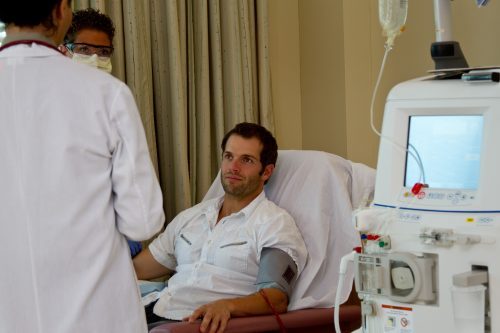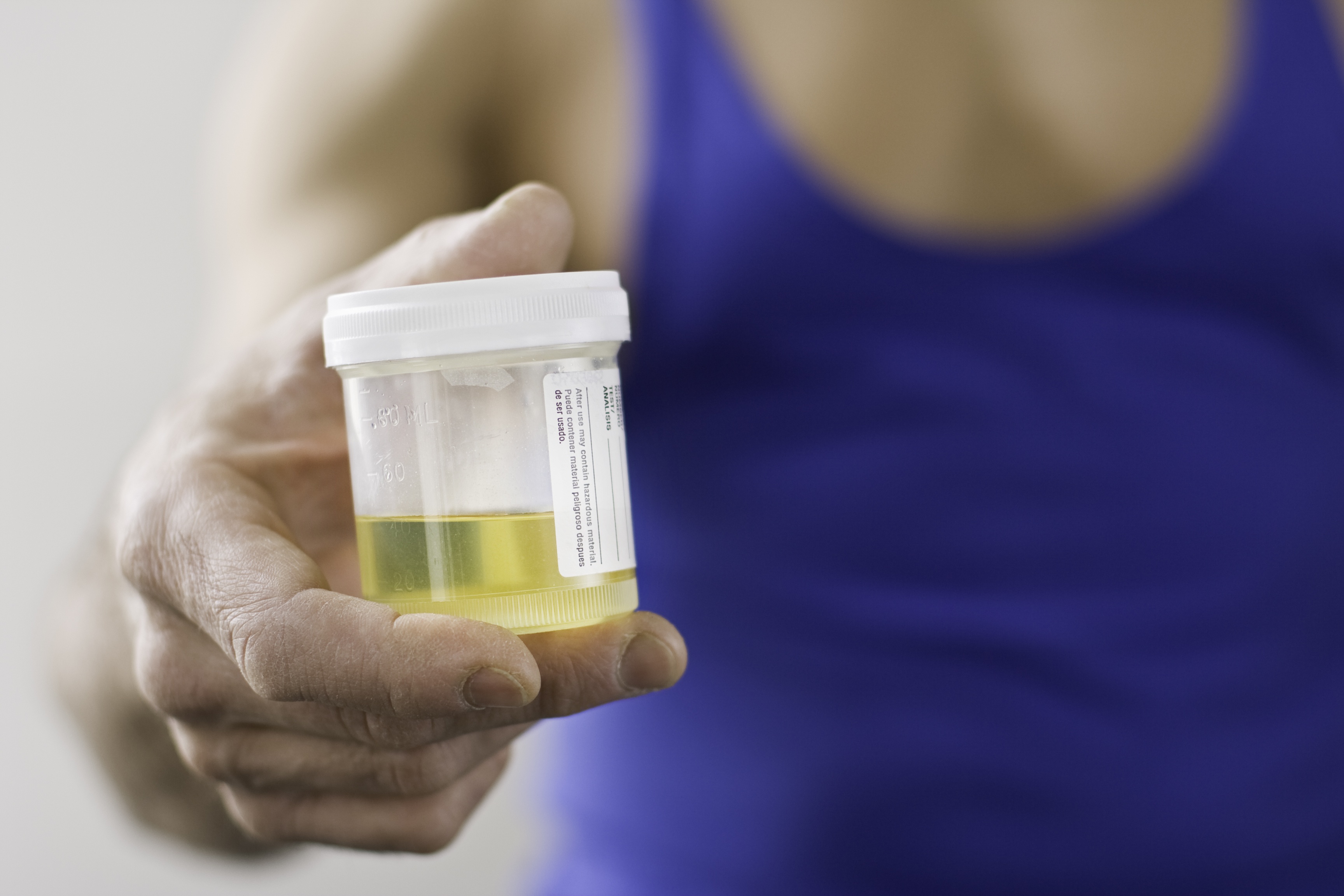
NKF Spring Clinical Meetings 2021
Patients hospitalized with COVID-19 infection often developed acute kidney injury (AKI). In the initial surge of the pandemic in the United States, estimates of the prevalence of AKI associated with COVID-19 were as high as 40%. Sergio Dellepiane, MD, PhD, and colleagues conducted an analysis to estimate the temporal trends of COVID-19-related AKI, both overall and by clinically relevant subgroups
Results of the analysis were reported during a virtual poster session at the NKF Spring Clinical Meetings 2021. The poster was titled Changes in Incidence of COVID-19 Associated AKI over 2020.
The researchers examined trends of AKI, defined by Kidney Disease Improving Global Outcomes creatinine criteria, from March 1, 2020, to November 30, 2020. The temporal trends of AKI were also examined by subgroups: age, sex, race, and preexisting chronic kidney disease (CKD).
The data included information on 6909 patients. Mean age of the cohort was 64 years, 43% were female, 27% were White, and 25% were Black. Hospitalizations peaked in April and declined rapidly in May. Over time, the incidence of AKI showed a significant decrease, from 33.6% in March to 11% in November. The decrease was consistent in the clinically significant subgroups, including age, sex, CKD, and race.
In conclusion, the researchers said, “AKI patients with COVID-19 significantly decreased over the time course of the SARS-CoV-2 pandemic. The reasons for this decrease (change in case-mix, improved therapeutic and triage strategies, novel medications) need to be explored in more detail.”
Source: Dellepiane S, Vaid A, Chan L, Coca S, He C, Nadkarni G. Changes in incidence of COVID-19 associated AKI over 2020. Abstract of a poster presented at the National Kidney Foundation virtual Spring Clinical Meetings 2021 (Abstract #9), April 9, 2021.







 © 2025 Mashup Media, LLC, a Formedics Property. All Rights Reserved.
© 2025 Mashup Media, LLC, a Formedics Property. All Rights Reserved.